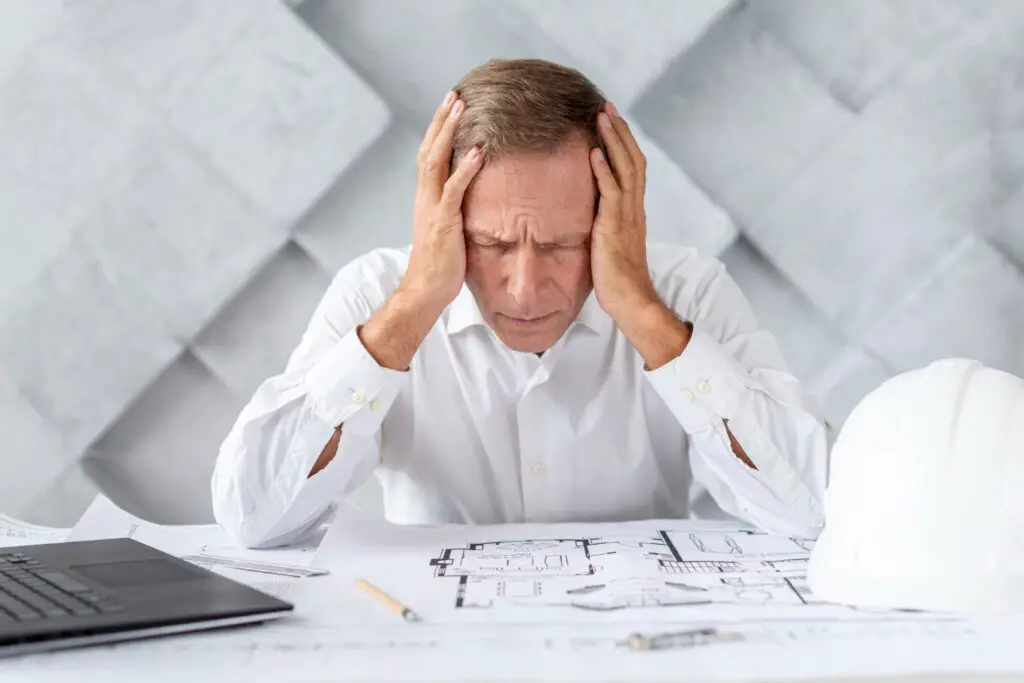Choosing the right construction contractor for your project can be the difference between success and failure. Whether you’re building your dream home, renovating an office space, or doing a simple remodel, your contractor plays a pivotal role in ensuring the project stays on budget, on time, and up to the quality you expect.
In this comprehensive guide, we’ll walk you through everything you need to know about selecting the right construction contractor—from the initial search to finalizing the contract. By the end, you’ll be equipped with the knowledge to make the best decision for your next project.
🔎 Step 1: Define Your Project Scope and Budget
Before you start looking for a contractor, it’s important to clearly define the scope and budget of your project. The more specific you are about what you want, the easier it will be to communicate your needs to potential contractors.
Questions to Ask Yourself:
- What exactly do you want to achieve with this project (e.g., new home build, kitchen remodel)?
- What is your total budget for the project?
- What are your desired timelines for completion?
Why It’s Important:
Contractors specialize in different areas, from residential construction to commercial builds, so knowing the scope of your project will help you find someone who has the necessary experience. Additionally, setting a clear budget ensures that you can get accurate estimates and avoid surprises later on.
🏗️ Step 2: Ask for Recommendations and Research Contractors
Once you’ve defined your project and budget, start your search for potential contractors. There are several ways to find reputable professionals, and referrals are often the best place to start.
Where to Find Recommendations:
- Friends, family, and colleagues: Ask people in your network if they’ve had positive experiences with any contractors.
- Online review platforms: Websites like Angi, HomeAdvisor, or Yelp provide reviews and ratings for local contractors.
- Professional organizations: Look for contractors who are members of professional organizations like the National Association of Home Builders (NAHB) or Associated General Contractors of America (AGC).
What to Look For:
- A good reputation in your community
- Positive reviews and ratings from past clients
- Experience in the type of project you’re undertaking
💡 Pro Tip: Check social media pages or personal websites to see examples of past work and client feedback.
📑 Step 3: Verify Credentials and Licenses
Not all contractors are created equal, so it’s essential to verify that the contractors you’re considering have the proper credentials, licenses, and insurance.
Key Things to Verify:
- License: Make sure the contractor is licensed to operate in your area. Licensing requirements vary by state and region, but it generally means they have met basic legal and safety standards.
- Insurance: Ensure they have liability insurance and workers’ compensation insurance. This protects you in case of accidents or property damage during the project.
- Bonding: A bonded contractor is protected by a bond that can be used to cover financial damages in case the contractor fails to meet contractual obligations.
Why It’s Important:
Without proper licenses and insurance, you could be held liable for accidents or injuries on the job site. Verifying these details protects both you and the contractor.
🧳 Step 4: Request Multiple Quotes
Now that you’ve narrowed down your list of potential contractors, it’s time to request quotes. Don’t settle for the first one you receive—getting at least three quotes will give you a better idea of fair pricing and ensure you’re not overpaying.
Things to Compare in Each Quote:
- Breakdown of Costs: Ensure the quote includes labor, materials, permits, and any other costs associated with the project.
- Project Timeline: Ask for a detailed timeline outlining when each phase of the project will be completed.
- Payment Schedule: The contractor should provide a clear payment structure (e.g., a deposit upfront and installments as milestones are met).
📝 Tip: Make sure to ask questions if any part of the quote is unclear. A reputable contractor will be happy to explain the details.
👷♂️ Step 5: Meet in Person and Review Portfolio
Before making your final decision, it’s crucial to meet the contractor in person. This allows you to discuss your project in detail, get a sense of their communication skills, and evaluate their professionalism.
Key Questions to Ask During the Meeting:
- Have you worked on projects similar to mine? (Request examples or photos of past work.)
- What is your approach to handling delays or unexpected issues?
- Will you be handling the work yourself, or will you use subcontractors?
- Can you provide references from previous clients?
Reviewing the Contractor’s Portfolio:
Look through photos of their previous work, and ask for before-and-after pictures if available. A solid portfolio is an indicator that the contractor is capable and takes pride in their work.
📸 Pro Tip: Don’t just look at pictures—ask for contact information of past clients so you can inquire about their experience directly.
📝 Step 6: Review and Sign the Contract
Once you’ve chosen a contractor, it’s time to finalize everything with a contract. A clear, detailed contract will help protect both you and the contractor throughout the project.
What Should Be Included in the Contract:
- Project scope: A clear description of the work that will be completed.
- Payment schedule: Dates and amounts for each payment, including deposit and final payment.
- Timeline: Specific milestones and a completion date.
- Warranties: Details of any warranties offered on materials and labor.
- Change orders: A process for handling changes to the project (e.g., cost overruns, design changes).
📌 Important: Never sign a contract that’s vague or lacks details. If something doesn’t feel right, ask for clarification before proceeding.
🚨 Step 7: Monitor Progress and Communication
Once the project begins, stay involved and monitor the progress closely. Regular communication with the contractor ensures the project stays on track.
Things to Keep an Eye On:
- Project milestones: Ensure each phase of the project is completed on schedule.
- Quality of work: Inspect the work at key stages to ensure it meets your expectations.
- Change orders: Approve any changes to the project in writing.
🛠️ Tip: Schedule regular site visits or check-ins to ensure the project is moving forward as planned.
🧠 Final Thoughts: Making the Right Choice
Choosing the right construction contractor is an essential step in ensuring the success of your project. By following these steps, you’ll be better equipped to find a contractor who is qualified, reliable, and committed to delivering high-quality work.
Remember, take your time and don’t rush the process. A little extra effort upfront can save you a lot of headaches down the road.


